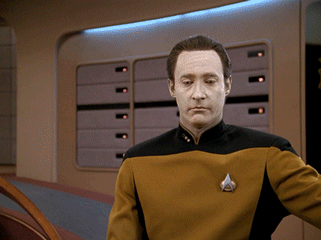What is a “Reagan Democrat?” At its most literal, it’s a Northern, white, noncollege-educated Democrat who actually voted for Ronald Reagan. But there aren’t many of them left. The median member of the voting-age population in 1980 was 40—and, according to the CDC, the average white male who was 40 in 1980 lived another 34 years. So the typical blue-collar white man who voted for Reagan in 1980 can’t vote for Trump this fall. He’s dead.* White men born in 1950 die on average at age 66. That’s this year. White working-class men die even earlier. The average white woman who at age 30 voted for Reagan in 1980 will live a bit longer: until 2022. Most white working-class women, however, won’t make it until then.
So when people talk about “Reagan Democrats” today, they don’t mean Democrats who actually voted for Reagan. They mean the people who resemble them demographically: Northern blue-collar whites. But blue-collar whites don’t enjoy the same political significance they did in the 1980s. In the 1988 presidential election, they constituted more than half the voters. This fall, they’ll constitute roughly one-third. A new Center for American Progress report, brought to my attention by The Washington Post’s Greg Sargent, notes that in the classic “Reagan Democrat” states of Pennsylvania, Ohio, Michigan, and Wisconsin, blue-collar-whites’ share of the electorate will shrink two percentage points between 2012 and 2016 alone.
Not only are blue-collar whites a smaller share of the electorate than in 1980, they also behave differently. As American University political scientist David Lublin notes, “The early 1980s were the height of weak partisanship with voters much more willing to defect from their party in elections than today.” Back then, Democrats were less homogenously liberal. Lots of whites with fairly conservative views on race, gender, and national security still identified with the party. So ideologically, voting for Reagan wasn’t much of a stretch.
Since then, however, American politics has witnessed a massive ideological “sorting.” The kind of conservative blue-collar whites who would once have been “Reagan Democrats” are now mostly Republicans. As The Washington Post’s Phillip Bump notes, working-class whites are almost 10 percentage points more likely to identify with the GOP than they were in 1980. Those blue-collar whites who remain Democrats are more liberal. It may be because they’re members of unions and thus more sympathetic to a pro-government message. It may be because they’re Millennials, who even in the white working class tend to be more secular, more pro-gay marriage, and less racially resentful than their parents and grandparents. It may because they are women, who are somewhat more liberal than men overall.




